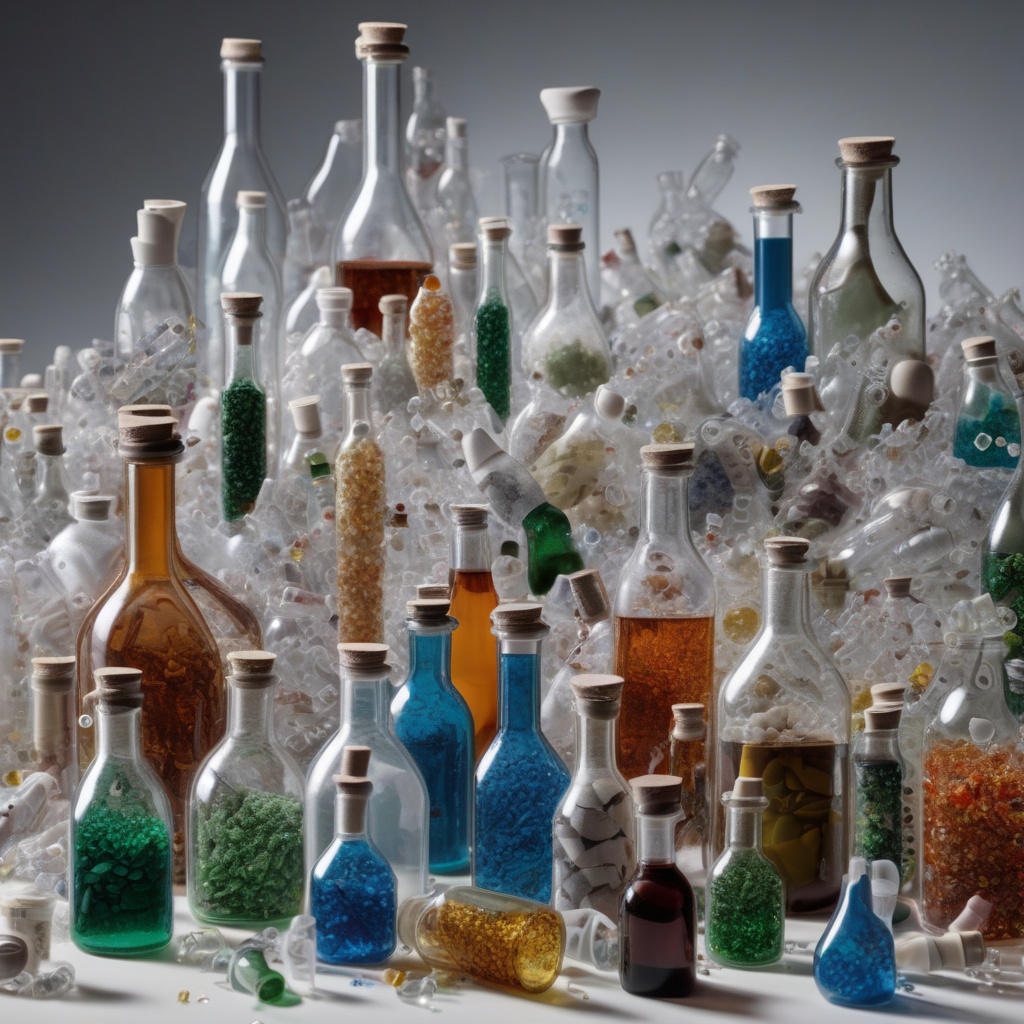Glass Bottles Found to Shed 50x More Microplastics Than Plastic
A new French study has revealed that drinks sold in glass bottles may carry more than what meets the eye. Scientists were taken aback to discover that glass bottles shed a staggering 50 times more microplastics into their contents compared to plastic counterparts. This groundbreaking finding has sent shockwaves through the scientific community and raised concerns about the potential health implications of consuming microplastics unknowingly.
The study, conducted by researchers at the University of Paris, aimed to investigate the presence of microplastics in commonly used beverage containers. What they found was both surprising and alarming. While plastic bottles have long been vilified for their contribution to environmental pollution, it turns out that glass bottles may pose an equal, if not greater, threat in terms of microplastic contamination.
Microplastics, tiny plastic particles less than 5 millimeters in size, have become a ubiquitous presence in the environment. They can be found in the air we breathe, the water we drink, and now, it seems, even in the beverages we consume. The health effects of microplastics are not yet fully understood, but studies have linked their ingestion to a range of potential issues, including inflammation, oxidative stress, and even cellular damage.
The revelation that glass bottles shed significantly more microplastics than plastic ones has raised questions about the manufacturing processes involved. While plastic bottles are known to release microplastics due to degradation and wear, the mechanisms behind glass bottle shedding are less clear. Researchers speculate that abrasion from the bottle caps or washing processes could be responsible for the high levels of microplastics detected in glass-bottled drinks.
So, what does this mean for consumers who prefer beverages in glass bottles for perceived health and environmental benefits? Firstly, it underscores the need for greater transparency and regulation in the food and beverage industry. Manufacturers must be held accountable for the quality and safety of their products, including the potential presence of microplastics. Consumers have the right to make informed choices about what they are putting into their bodies.
Furthermore, this finding highlights the interconnected nature of environmental issues. While glass bottles are often touted as a more sustainable alternative to plastic, the reality is more complex. The production, use, and disposal of any material can have unintended consequences, and it is essential to consider the full lifecycle impacts of our consumption habits.
In response to the study, calls have been made for further research into the sources of microplastic contamination in glass bottles and the development of mitigation strategies. From improved manufacturing techniques to enhanced bottle cleaning processes, there are opportunities to address this issue and reduce the potential health risks associated with microplastics.
As scientists continue to uncover the hidden dangers of microplastic pollution, it is clear that a multifaceted approach is needed to tackle this global challenge. By raising awareness, driving innovation, and advocating for change, we can work towards a future where our food and beverages are free from harmful contaminants. The glass may shatter the illusion of purity, but it also presents an opportunity for progress towards a cleaner, safer world.
microplastics, glass bottles, environmental pollution, health implications, beverage containers












